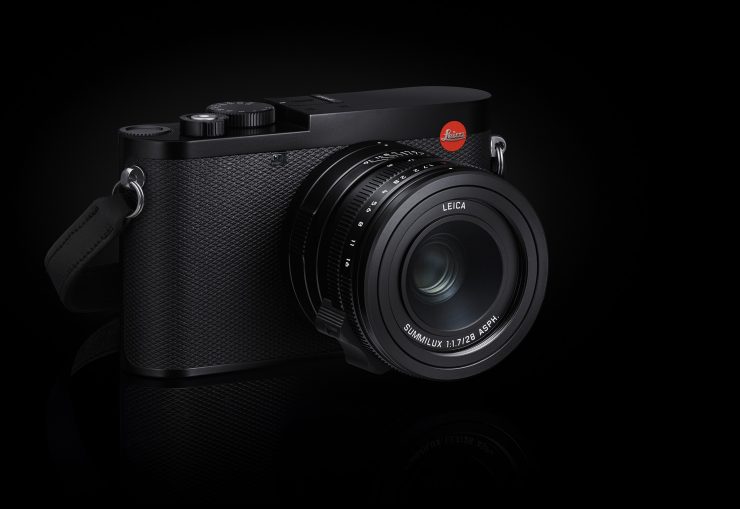Jonathan-Mac
Well-Known Member
- Joined
- Apr 12, 2022
- Messages
- 835
I use an S5.
Good to see a positive review of this lens. It is excellent and I enjoy using it but I suspect it's not selling too well due to it's high price in comparison to other 50mm f/1.8-2.0 lenses on both L and E mounts. I think it should be priced around €100 less than it is as it seems odd that the most basic of primes should be in the highest-priced tier of I-series lenses. I'd also prefer it if it were 55mm and closest focus was at least 10cm closer. Those three things would differentiate it a lot more from the competition and I think would have been wise commercial decisions.Lenstip have done a full review of the Sigma 50mm f/2 DG DN and have awarded it their Editor's Choice since it performs really well, without any significant disadvantages other than some vignetting on full frame.
https://www.lenstip.com/655.1-Lens_review-Sigma_C_50_mm_f_2_DG_DN_Introduction.html
I have the Sigma 35mm f2 and the 45mm f2.8 and love both of them. Compact, really well built, aperture ring, sharp. So I've been considering the 65mm lens myself. Here in Australia it is difficult to find the 65mm in L-mount at a decent price. The E-mount version is often on sale. So I am waiting....Just curious what you guys would say comparing the 50 1.8 to the 65mm? I really like the look of the sigmas and the build but I'm struggling deciding on a lens because the Lumix are just lighter and cheaper and have proper sealing but the rendering of the sigmas, to me, looks better (but then again that could be potentially fixed with Lightoom import setting).
Just curious what you guys would say comparing the 50 1.8 to the 65mm?
Hey Dirk, I'm wondering if you could share your thoughts on the Sigma 50mm vs 65mm? I haven't come across a comparison between the 2 of them. I know the 65 is larger and heavier, but I'm curious about your use cases for each one. When do you decide to use one vs the other? Thanks.I used to have all 3. The Lumix 50/1.8, the Sigma 50/2.0 DG DN and the Sigma 65/2.0 DG DN. I sold the Lumix and kept both Sigmas.
Hmm that is what I'm worried about with the 65mm, that it is too big and heavy, which would result in me not grabbing it as often as I should for such a nice lens. I'll keep mulling over the 50 or 65mm. Thanks for the feedback!I basically never use the 65mm, because it is too big/heavy for my taste. Its image quality is excellent, but a little bit on the "clinical side", compared to the 50/2.0.
Just shoot raw and downsize in PS or similar. It’s the same end result..
It would be interesting to do one day a side by side shot between Q3 43 and 50/2.0, but I do not have a 60MP sensor in L-Mount and the S1R2 does not have pixel binning, to get both down to 33MP.
Just shoot raw and downsize in PS or similar. It’s the same end result.
Example: A 48MP sensor using 4-in-1 binning will output a 12MP image that performs better in dim light.
I would disagree. With binning you lose more than you gain. You will get better DR and less noice on pixel level, but you will lose detail. With resizing in post you have better control over how much detail to trade for less noice and you have actually the have about the same DR.TL;DR:
- Pixel binning improves quality at capture time, especially in tough conditions.
- Resizing in post is flexible but doesn’t improve the raw sensor data.
- For night shots, binning is your friend. For maximum sharpness and flexibility, shoot full-res and scale later.

 www.newsshooter.com
www.newsshooter.com